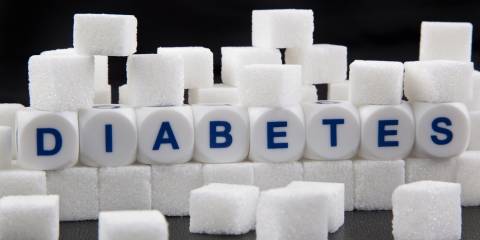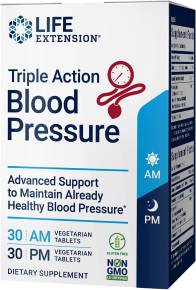These days, it’s not enough to buy organic, think global, and act local. Toxins pervade every aspect of our lives. To rid your home of them—and keep your family healthy and safe—you need to know where to start.
Here are five things you can do to clear your home of harmful chemicals.
Harmful Household Chemicals
-
Volatile Organic Compounds (VOCs)
VOCs are chemicals that easily gasify and permeate the air you breathe. The EPA estimates that these toxins, found in everything from paint to furniture, carpeting to deodorants, and air fresheners to cleaning products can be present in 10 times the concentration indoors compared to outdoors. They can cause headaches, dizziness, rashes, eye disorders, respiratory tract irritations, and more. The kidneys, liver, and nervous system can all be damaged by VOCs, and long-term exposure can cause illness and cancer in both animals and humans.
To mitigate the risks VOCs can pose, look for products labeled “Low VOC” or “Zero VOC.” Antique furniture is an option, but if you’re buying new furniture, allow the gases to aspirate into the atmosphere outdoors or in your garage for a few days before bringing them indoors.
Pressed board or pressed wood items can be sealed with varnish to trap the gases inside. If you’re installing new carpeting or purchasing furniture containing VOCs, ensure your rooms are well-ventilated for several few weeks and direct airflow outside. If you’re in the market for new furniture with low emissions of VOCs, looks for third-party certification by Greenguard (www.greenguard.org).
Some VOCs, like formaldehyde, can be reduced by controlling the climate and keeping humidity low.
-
Pesticides
Research indicates that exposure to pesticides is linked to increased risk of cancer. But it’s not just pesticide residue on food you need to be worried about. Lawn treatments and pest control products can also bring toxins into your home.
To keep pesticides in their place, establish h a “no-shoes” policy in your home; shoes stay outside. Buy organic fruits, vegetables, meats, and personal care products whenever possible. Use natural nontoxic methods to control pests if you have a problem with them.
-
Toxic Metals
Arsenic, lead, cadmium, mercury, and aluminum can accumulate in your body’s soft tissue. When they do, they can lead to cancer, circulatory system damage, neurological damage, kidney and liver damage, and even death.
These metals are frequently found in drinking water, seafood, dental amalgams, some building materials, and personal care products, such as antiperspirant.
Avoid eating fish known to be high in mercury, such as swordfish, shark, and orange roughy, to name a few. Use cold, filtered water for drinking and cooking at home. Be aware that home fixtures such as fences and decks as well as children’s play sets made before 2003 may use wood treated with chromated copper arsenate (CCA); this chemical contains arsenic and should be avoided.
-
Phthalates and PVC (Polyvinyl Chloride)
Phthalates are chemical compounds or “plasticizers” used to make plastics softer and more flexible. They’re used widely in products including vinyl flooring, detergents, automotive plastics, raincoats, personal care products, and plastic food and beverage containers. They’re also used in PVCs, which are used to make products including garden hoses and some children’s toys.
Given their ubiquity, we are constantly inhaling, ingesting, or otherwise absorbing significant amounts of phthalates, which enter our bloodstream. These chemicals can disrupt the endocrine system and have been linked to birth defects when pregnant women are exposed.
Check labels to make sure products you’re buying don’t contain phthalates or PVC. Avoid recycling codes 3 and 7. Choose natural fibers, such as cotton or linen, when selecting draperies. Avoid products that contain synthetic fragrances—they almost always contain phthalates. Eat organic produce, meat, and dairy whenever possible as phthalates are used in pesticides. They are also found in the sewage sludge used in conventional agriculture.
-
Chloroform
Maybe you’ve seen it in those old-time movies—someone, good guy or bad—knocks out the other one in seconds by putting a chloroform-doused hankie over their opponent’s nose. That same chloroform is probably in the water flowing through your household taps if your water is chlorinated.
This colorless cancer-causing chemical can lead to liver, kidney, and heart issues, as well as neurological damage and reproductive system damage.
You’ve got to take a shower but you don’t need to overexpose yourself to the chloroform in your municipal water supply. Use a low-flow showerhead. Shower in cooler temperature water. Open the windows and ventilate the room when using hot water for a shower or cleaning. Locate your washing machine where the chloroform in the water can easily vent outdoors.





